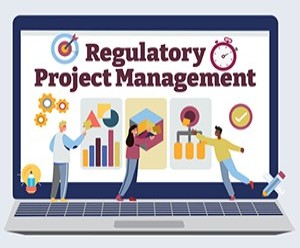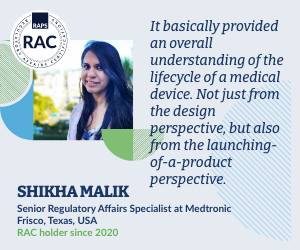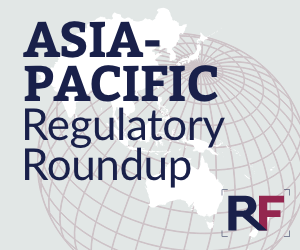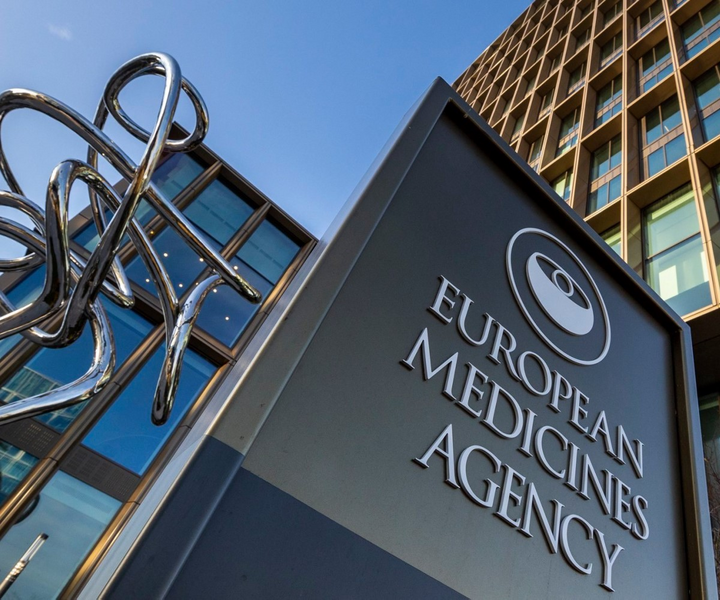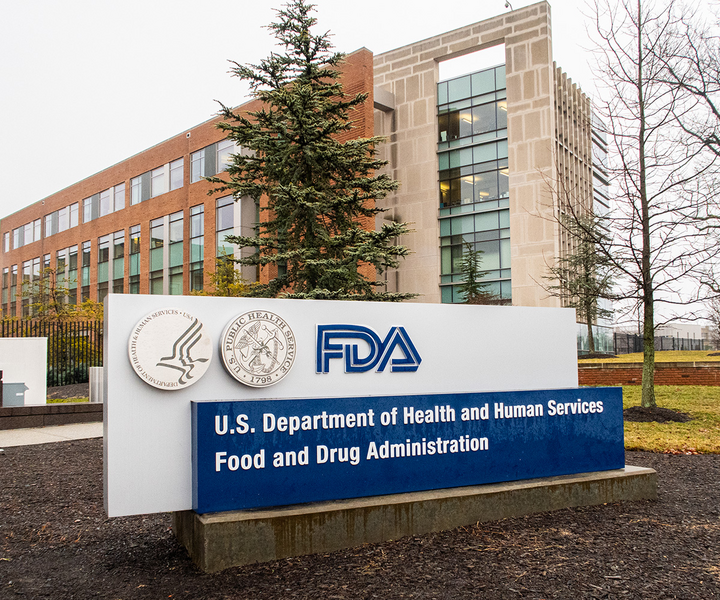Asia-Pacific Roundup: India plans regulatory streamlining to promote medical device industry
![]() Roundups | 09 May 2023 |
Roundups | 09 May 2023 |
The Indian government has published plans to streamline the regulation of medical devices as part of its strategy for promoting the sector. Specific plans outlined in the strategy include changes to licensing that are designed to avoid the duplication of efforts and imposition of unnecessary compliance burdens.
Indian officials have identified the promotion of the medical device industry as a way to help achieve the key objectives of the National Health Policy, 2017. The government has already started several schemes and programs across different departments to support the medical device industry but now sees a need for “a comprehensive framework supported by guiding strategies for ensuring sustained growth and development of the sector in a holistic and coordinated manner.”
The resulting document, which is intended to give India a 10%-12% share of the global market over the next 25 years, features five proposals to change how medical devices are regulated in the country.
“In view of the multiple agencies associated with [the] medical device sector, there is a need to bring further regulatory streamlining that balances patient safety with product innovation, while reducing compliance burden and enhancing ease of doing research and business,” the government wrote.
The five specific proposals are: the creation of a single window clearance system for licensing of medical devices; the formulation and adoption of Indian Standards for the Medical Devices; the development of a framework for a coherent pricing regulation; the design of a guidance framework for researchers, innovators and entrepreneurs; and steps to ensure the ethical marketing of medical devices.
Officials provided some additional information about the proposals and their objectives. The proposed licensing system will align with the National Single Window System “to avoid duplication of efforts and imposition of any unnecessary compliance burden,” and the work on standards is intended to “enhance the level of standardization, quality and enable indigenous industry to gain global competitiveness.”
Regulatory streamlining is one of several strategies for promoting the sector; others include creating infrastructure, facilitating R&D and innovation, attracting investments, developing human resources and raising awareness. The human resources proposals have regulatory implications, with skilled regulators among the types of experts the Indian government aims to foster through its program.
Device Strategy
Singapore seeks feedback on IVD risk classification
Singapore’s Health Sciences Authority (HSA) is seeking feedback on plans to update its guidance on risk classification of in vitro diagnostic (IVD) medical devices with new information on software and other topics.
HSA plans to retain most of the text from the version it adopted in 2018. The proposed changes include the addition of a definition of standalone software — software and/or a mobile application that is intended to function by itself and not intended for use to control or affect the operation of a hardware medical device — and the rewording of other information related to software.
The draft also features new details about when an IVD is categorized as a class C medical device. Under the proposed guidance, a device will fall into class C if it “to be used for disease staging, where there is a risk that an erroneous result would lead to a patient management decision resulting in a life-threatening situation for the patient or for the patient's offspring” and when used to screen “for congenital disorders in new-born babies where failure to detect and treat such disorders could lead to life-threatening situations or severe disabilities.”
HSA is seeking feedback on tweaks to the rule for categorizing an IVD as a class D device too. The draft revises the existing rule on “devices intended to be used to detect the presence of, or exposure to, a transmissible agent in blood, blood components, blood derivatives, cells, tissues or organs” to expand its scope to any “derivatives” of those materials and to assessing their suitability for “cell administration.”
The draft is open for comment until 30 May.
HSA Notice, More
TGA revises MDR transition strategy to reflect new EU timeline
Australia’s Therapeutic Goods Administration (TGA) has updated its Medical Device Regulation (MDR) transition strategy in response to changes to the EU timeline.
Most medical devices in the Australian Register of Therapeutic Goods have certificates issued under the outgoing EU directives. TGA had planned to continue accepting directive certificates until 26 May 2024 but, with the EU moving to a different transition timeline, the Australian regulator has revised its plans.
TGA is still set to accept valid directive certificates until 26 May 2024. Beyond that, manufacturers will need to provide evidence that they have applied for MDR certification of the device by a notified body to use a directive certificate. That evidence requirement will remain in place until 26 September 2024, after which manufacturers will need to show they have a contract with a notified body for MDR certification of the device.
Manufacturers with a notified body contract can continue using directive certificates to place devices on the Australian market until the end of 2027 or 2028, depending on the risk classification. The timeline gives companies around one year to apply for MDR certification.
“Sponsors will not need to notify the TGA, nor submit a lapse in conformity assessment notification form, where the EU has extended the validity of the MDD certificate. However, they must provide evidence of the extended validity of the certificate if requested,” TGA wrote. “Sponsors must notify the TGA within 60 days of becoming aware of any MDD certificate that supports ARTG entries that is no longer valid in the EU.”
TGA Notice, More
Philippine FDA adopts updated WHO guidelines on the evaluation of biosimilars
The Philippine Food and Drug Administration (FDA) has adopted updated international guidelines on the evaluation and licensing of biosimilars, issuing a notice to share “guidance on the strict compliance” with its rules.
In 2014, FDA adopted an earlier version of the World Health Organization (WHO) guidelines on similar biotherapeutic products to support its work to establish a pathway for copies of off-patent biologics in the Philippines. WHO updated its guidelines in April 2022, leading FDA to issue a notice last week about how the changes affect its own policies.
As FDA explained, the notice it published when it first adopted the WHO guidelines in 2014 stated that new versions of the text would be adopted automatically in the Philippines. The provision means that the 2022 guideline automatically replaced the older document, although FDA still felt it was necessary to alert the industry about the change more than one year after it happened.
FDA Notice
Other news:
New maximum pack sizes for various paracetamol products sold in Australian supermarkets, convenience stores, and pharmacies will be enforced beginning 1 February 2025, according to TGA. The action is intended to reduce the harm from intentional overdose. Fifty Australians a year die from paracetamol overdoses. TGA Notice
HSA has begun its consultation about the implementation of the electronic common technical document in Singapore. The consultation is open until 12 June. HSA Notice
Indian officials have identified the promotion of the medical device industry as a way to help achieve the key objectives of the National Health Policy, 2017. The government has already started several schemes and programs across different departments to support the medical device industry but now sees a need for “a comprehensive framework supported by guiding strategies for ensuring sustained growth and development of the sector in a holistic and coordinated manner.”
The resulting document, which is intended to give India a 10%-12% share of the global market over the next 25 years, features five proposals to change how medical devices are regulated in the country.
“In view of the multiple agencies associated with [the] medical device sector, there is a need to bring further regulatory streamlining that balances patient safety with product innovation, while reducing compliance burden and enhancing ease of doing research and business,” the government wrote.
The five specific proposals are: the creation of a single window clearance system for licensing of medical devices; the formulation and adoption of Indian Standards for the Medical Devices; the development of a framework for a coherent pricing regulation; the design of a guidance framework for researchers, innovators and entrepreneurs; and steps to ensure the ethical marketing of medical devices.
Officials provided some additional information about the proposals and their objectives. The proposed licensing system will align with the National Single Window System “to avoid duplication of efforts and imposition of any unnecessary compliance burden,” and the work on standards is intended to “enhance the level of standardization, quality and enable indigenous industry to gain global competitiveness.”
Regulatory streamlining is one of several strategies for promoting the sector; others include creating infrastructure, facilitating R&D and innovation, attracting investments, developing human resources and raising awareness. The human resources proposals have regulatory implications, with skilled regulators among the types of experts the Indian government aims to foster through its program.
Device Strategy
Singapore seeks feedback on IVD risk classification
Singapore’s Health Sciences Authority (HSA) is seeking feedback on plans to update its guidance on risk classification of in vitro diagnostic (IVD) medical devices with new information on software and other topics.
HSA plans to retain most of the text from the version it adopted in 2018. The proposed changes include the addition of a definition of standalone software — software and/or a mobile application that is intended to function by itself and not intended for use to control or affect the operation of a hardware medical device — and the rewording of other information related to software.
The draft also features new details about when an IVD is categorized as a class C medical device. Under the proposed guidance, a device will fall into class C if it “to be used for disease staging, where there is a risk that an erroneous result would lead to a patient management decision resulting in a life-threatening situation for the patient or for the patient's offspring” and when used to screen “for congenital disorders in new-born babies where failure to detect and treat such disorders could lead to life-threatening situations or severe disabilities.”
HSA is seeking feedback on tweaks to the rule for categorizing an IVD as a class D device too. The draft revises the existing rule on “devices intended to be used to detect the presence of, or exposure to, a transmissible agent in blood, blood components, blood derivatives, cells, tissues or organs” to expand its scope to any “derivatives” of those materials and to assessing their suitability for “cell administration.”
The draft is open for comment until 30 May.
HSA Notice, More
TGA revises MDR transition strategy to reflect new EU timeline
Australia’s Therapeutic Goods Administration (TGA) has updated its Medical Device Regulation (MDR) transition strategy in response to changes to the EU timeline.
Most medical devices in the Australian Register of Therapeutic Goods have certificates issued under the outgoing EU directives. TGA had planned to continue accepting directive certificates until 26 May 2024 but, with the EU moving to a different transition timeline, the Australian regulator has revised its plans.
TGA is still set to accept valid directive certificates until 26 May 2024. Beyond that, manufacturers will need to provide evidence that they have applied for MDR certification of the device by a notified body to use a directive certificate. That evidence requirement will remain in place until 26 September 2024, after which manufacturers will need to show they have a contract with a notified body for MDR certification of the device.
Manufacturers with a notified body contract can continue using directive certificates to place devices on the Australian market until the end of 2027 or 2028, depending on the risk classification. The timeline gives companies around one year to apply for MDR certification.
“Sponsors will not need to notify the TGA, nor submit a lapse in conformity assessment notification form, where the EU has extended the validity of the MDD certificate. However, they must provide evidence of the extended validity of the certificate if requested,” TGA wrote. “Sponsors must notify the TGA within 60 days of becoming aware of any MDD certificate that supports ARTG entries that is no longer valid in the EU.”
TGA Notice, More
Philippine FDA adopts updated WHO guidelines on the evaluation of biosimilars
The Philippine Food and Drug Administration (FDA) has adopted updated international guidelines on the evaluation and licensing of biosimilars, issuing a notice to share “guidance on the strict compliance” with its rules.
In 2014, FDA adopted an earlier version of the World Health Organization (WHO) guidelines on similar biotherapeutic products to support its work to establish a pathway for copies of off-patent biologics in the Philippines. WHO updated its guidelines in April 2022, leading FDA to issue a notice last week about how the changes affect its own policies.
As FDA explained, the notice it published when it first adopted the WHO guidelines in 2014 stated that new versions of the text would be adopted automatically in the Philippines. The provision means that the 2022 guideline automatically replaced the older document, although FDA still felt it was necessary to alert the industry about the change more than one year after it happened.
FDA Notice
Other news:
New maximum pack sizes for various paracetamol products sold in Australian supermarkets, convenience stores, and pharmacies will be enforced beginning 1 February 2025, according to TGA. The action is intended to reduce the harm from intentional overdose. Fifty Australians a year die from paracetamol overdoses. TGA Notice
HSA has begun its consultation about the implementation of the electronic common technical document in Singapore. The consultation is open until 12 June. HSA Notice
© 2025 Regulatory Affairs Professionals Society.

